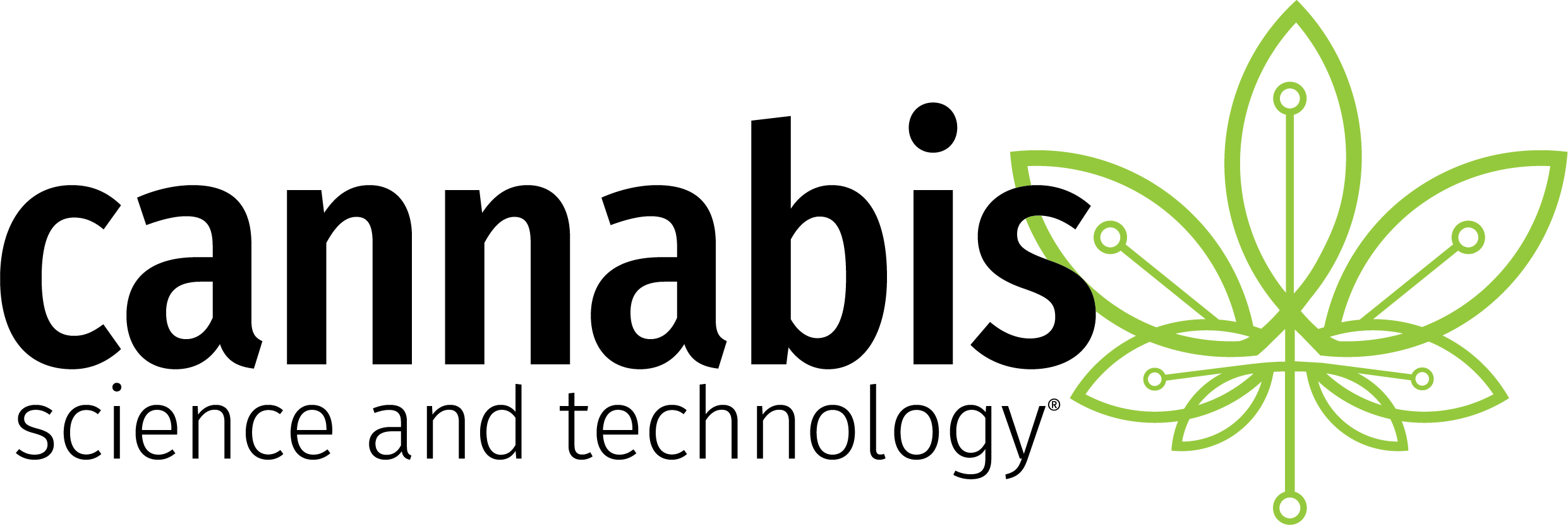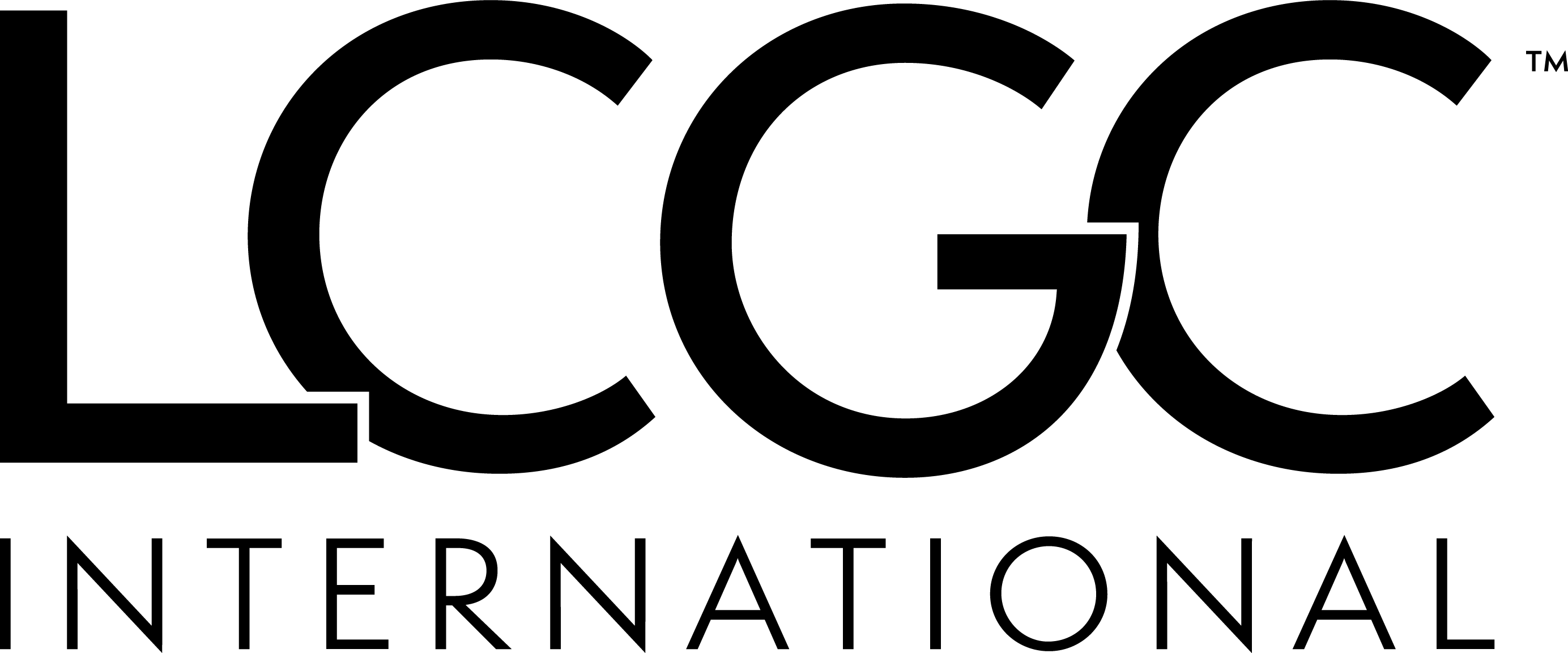
Leveraging Regulatory Science to Succeed at CDRH
CDRH announced its top 10 Regulatory Science Priorities for Fiscal Year 2016, and stated that these priorities are more than a mere philosophical statement of topics of interest; rather, these priorities are expected to influence CDRH intramural funding decisions.
Regulatory science is the science of developing new tools, standards, methods, and approaches with the goal to assess the safety, efficacy, quality, and performance of all FDA-regulated products. By leveraging regulatory science, the FDA’s Center for Devices and Radiological Health (CDRH) intends to facilitate medical device innovation and to improve decision making in the areas of premarket evaluation, post-market surveillance, and compliance under a total life cycle framework.
To this end, CDRH created a Regulatory Science Subcommittee in 2013, an advisory group of CDRH leaders and staff charged with proactively enhancing medical device innovation, development, safety, quality, and effectiveness through the development of policies and practices to incorporate new science and technological innovation into regulatory decision making. The end objective is to achieve a positive overall impact on public health. Regulatory science embraces many fields, including engineering, medicine, chemistry, toxicology, epidemiology, statistics, and social sciences.
CDRH has set upon a cyclical approach to setting regulatory science priorities involving first a phase of critical review and assessment followed by an announcement of priorities and then finally implementation.
Its most recent action in this approach occurred in October 2015, when CDRH announced its top 10 Regulatory Science Priorities for Fiscal Year 2016. CDRH has stated that these priorities are more than a mere philosophical statement of topics of interest; rather, these priorities are expected to influence CDRH intramural funding decisions. This means that sponsors should take note of the strong message intended by these priorities. Sponsors can learn important lessons and should be able to leverage these lessons into program enhancements that will lead to greater success in the areas of premarket review, post-market product surveillance, and overall total life cycle management of their medical devices. This article will examine CDRH’s top 10 priority regulatory science initiatives and offer some suggestions of how to leverage regulatory science.
CDRH Top 10 Regulatory Science Priorities for 2016
CDRH’s top 10 list of regulatory science priorities, all assigned equal importance by CDRH, follow.
- Leveraging Big Data
The existence of Big Data warehouses like the human genome sequence data base, clinical trials databases, and insurance databases means that a wealth of scientific and clinical information, potentially relevant to the safety and performance of medical devices, is available to be mined for those willing to expend the effort. The development of informatics capabilities and information technology that can harvest, validate, organize, and disseminate these data will likely pay dividends in both the premarket review process and the post-market surveillance of newly approved medical devices.
- Evidence Synthesis
In a related fashion to the Big Data priority, CDRH believes that while most regulatory decisions are based on information provided solely by a device’s manufacturer, opportunities exist to synthesize data from numerous evidence sources to improve the quality of regulatory decision making. Observational data on device use in the marketplace available from health care databases as well as data from the scientific literature are readily available and minimal effort could result in the development of data enabling better insights into both the device approval process and safety signal identification in a post-market setting.
- Medical Device Reprocessing
Since the 1976 enactment of the Medical Device Amendments, CDRH has, to say the least, not been a fan of medical device reprocessing and reuse. Reuse of devices introduces risks not intended by the original manufacturer such as the risk of infection transmission between patients and compromise of performance and safety characteristics.
Balancing these concerns against the practical reality that device reprocessing and reuse is driven by the marketplace and efforts to constrain costs, CDRH is requesting a more comprehensive approach to assess the use of reprocessing techniques. Recognizing that safety , effectiveness, performance, and quality can only be assured through such a comprehensive approach, CDRH is challenging advocates of reprocessing to begin their evaluation at the design consideration phase employing human factors considerations along with reprocessing methodology development and validation for reprocessing, cleaning, and disinfection. Validated release testing, analogous to the initial “original” release, is considered a critical element as well.
Given the practical experience in the marketplace with the transmission of infectious agents via reusable endoscopic equipment, as reported broadly in the news media in January 2015, CDRH’s demands seem not only reasonable, but just basic good sense. Manufacturers of reusable equipment and medical device reprocessors should be paying close attention to this priority statement.
- Computational Modeling
While the trend for using computational modeling and simulations for device development is on the upswing, CDRH recognizes that it has not yet leveraged these data effectively for regulatory decision making. CRDH is expressing a willingness, in harmony with the FDA’s Least Burdensome approach,
This area would appear to be a true green field open to leveraging by a sponsor willing to validate alternate evaluation methodologies and educate CDRH on their merits.
- Enhanced Digital Health & Cybersecurity
Recognizing that digital health is perhaps the fastest growing area impacting medical device development, CDRH is concerned that technology development is outpacing its ability to ensure that the intended public health benefit is achieved without negative consequences. As devices increasingly use networked environments relying on secure and accurate communication between system modules, it is critical to ensure that these technologies and the environments in which they perform are properly designed from a security perspective as well as from an operational perspective. Increasingly, software modifications thought to be inconsequential have led to performance problems resulting in device recalls or repairs. FDA scrutiny and challenges in this regard are expected to increase.
- Human Factors Engineering Principles
For those in the medical device industry who hoped that Human Factors Principles
- Modernize Biocompatibility Evaluations
The typical battery of preclinical testing employed for medical devices has not changed significantly in more than 35 years, which is the limit of this author’s observation. By including this as one of its top 10 priorities, CDRH is inviting the industry to step up and innovate, to develop alternate approaches to the standard battery of tests. CDRH speculates that computational or in silico modeling might result in advancements that, while not eliminating the need for animal testing, might indeed reduce the dependence on animal testing.
- Evaluation of Medical Device Materials
In November 2015, the FDA issued a summary of its observations over several years suggesting that numerous product recalls, some including patient deaths, were directly related to the failure of both hydrophilic and hydrophobic surface coatings for a number of devices including catheters and guide wires. This finding reinforces CDRH’s belief that there is a large gap in our collective understanding of surface coating technology and the role of nanotechnology in selecting material types as well in our understanding of what impact they may have on quality, performance, and safety of medical devices. The current state of the art involves the modification of a product’s surface with the ultimate test being the actual implantation, for example, of the modified device to determine what impact the coating or nanomaterial may cause in patients. CDRH believes there is a critical need to improve the nonclinical assessment tools for the physicochemical and mechanical performance of devices and no longer rely predominantly on human subject exposure to develop this insight.
- Patient Reported Outcome Measures (PROMs)
While there is an increasing use of PROMs in medical device trials, CDRH observes that the quality and reliability of the data of PROMs are very variable. Increasing the systematic development and validation of PROMs will pay dividends for medical device manufacturers that want to propose the use of alternate data tools consistent with the Least Burdensome approach. The experience of the Center for Drug Evaluation and Research (CDER), which has employed patient reported outcome data for a number of years, can provide a road map for interested parties. CDER guidances on development and validation of PROs exist and will inform device developers’ efforts.
- Patient Experience Data
The FDA in general recognizes the potential value of a patient-centric approach to product development including both drugs and devices. With patients increasingly interested in expressing their views, e.g., via social media, CDRH is welcoming ideas on how to better leverage the wealth of experiential data that exist and incorporate high-quality patient experience data into its regulatory decision-making process.
Conclusion
Clearly CDRH is open to, and even hungry for, innovation in regulatory science. Its self-proclaimed mission to make the best possible decisions, both in premarket review and post-market surveillance, based on sound regulatory science speaks to an atmosphere where a forward-thinking sponsor can benefit from this open-minded atmosphere at CDRH. A sponsor’s willingness to invest time and resources into answering questions, sometimes in a departure from convention, might be expected to result in significant leveraging opportunities via the FDA’s Least Burdensome approach. A creative mind set towards marshalling data from unique sources can contribute to the overall success of a sponsor’s 510(k) or premarket approval application.
Brian D. Bollwage, JD, is Vice President, Global Regulatory Affairs at Chiltern.
Newsletter
Stay current in clinical research with Applied Clinical Trials, providing expert insights, regulatory updates, and practical strategies for successful clinical trial design and execution.





.png)



.png)



.png)
.png)
